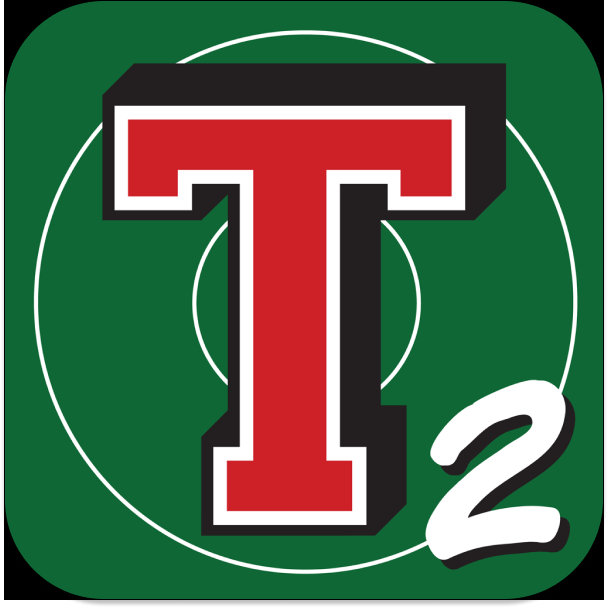Timely Updates for
Takedown Scoring and Stats Users


Overtime Conundrum and Resolution
No good deed goes unpunished. In an effort to improve the college rules book, a real head-scratcher.

How Fat Are College Wrestlers? 2020 - 2021 Edition
Periodic look at the weight certification data for college wrestlers.

How Expensive is an NCAA Division I Wrestling All-American?
Updated look at the cost of producing a NCAA Division I wrestling All-American with reference to the March 2019 championships.

How Fat Are College Wrestlers?
Periodic look at the weight certification data for college wrestlers.
